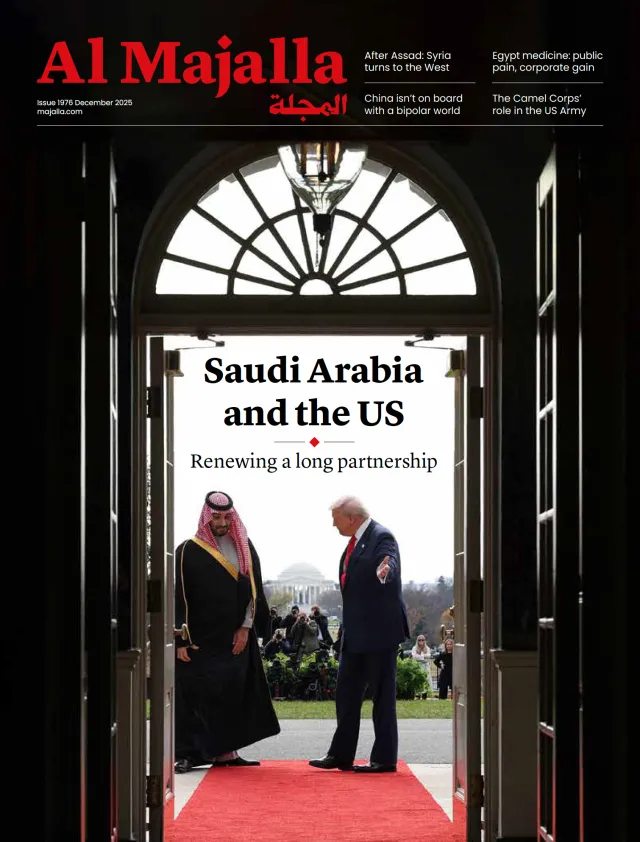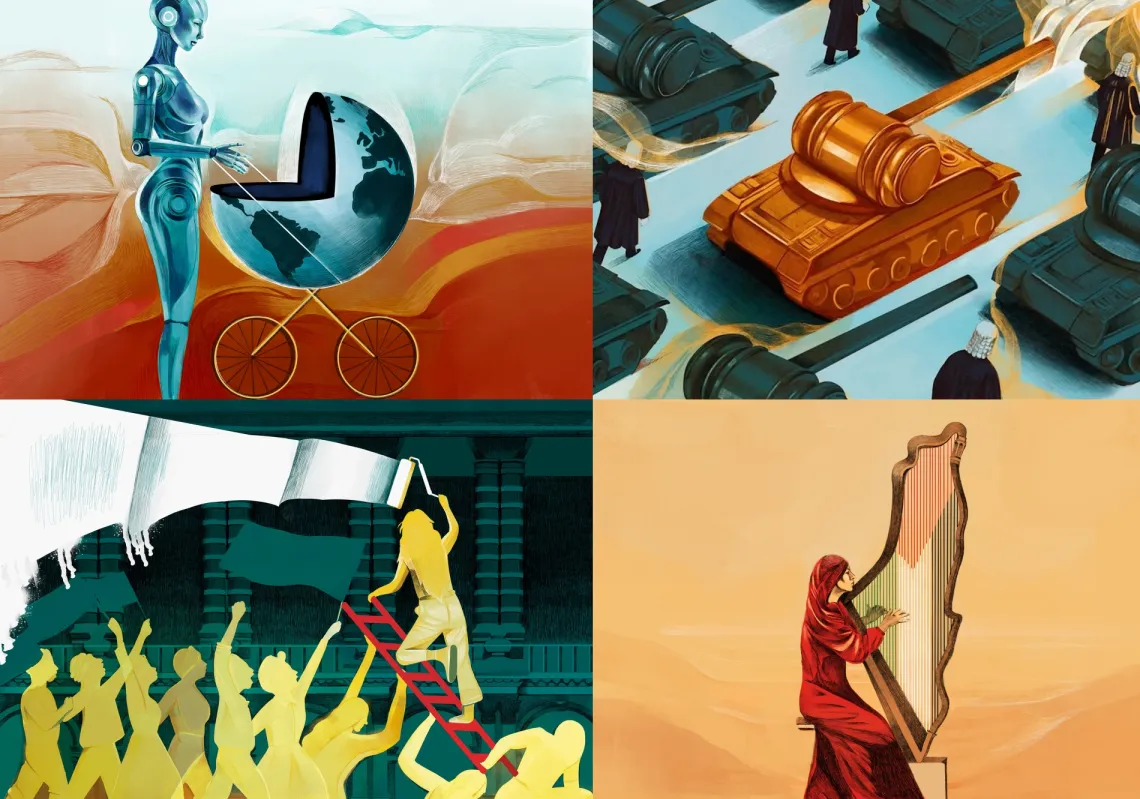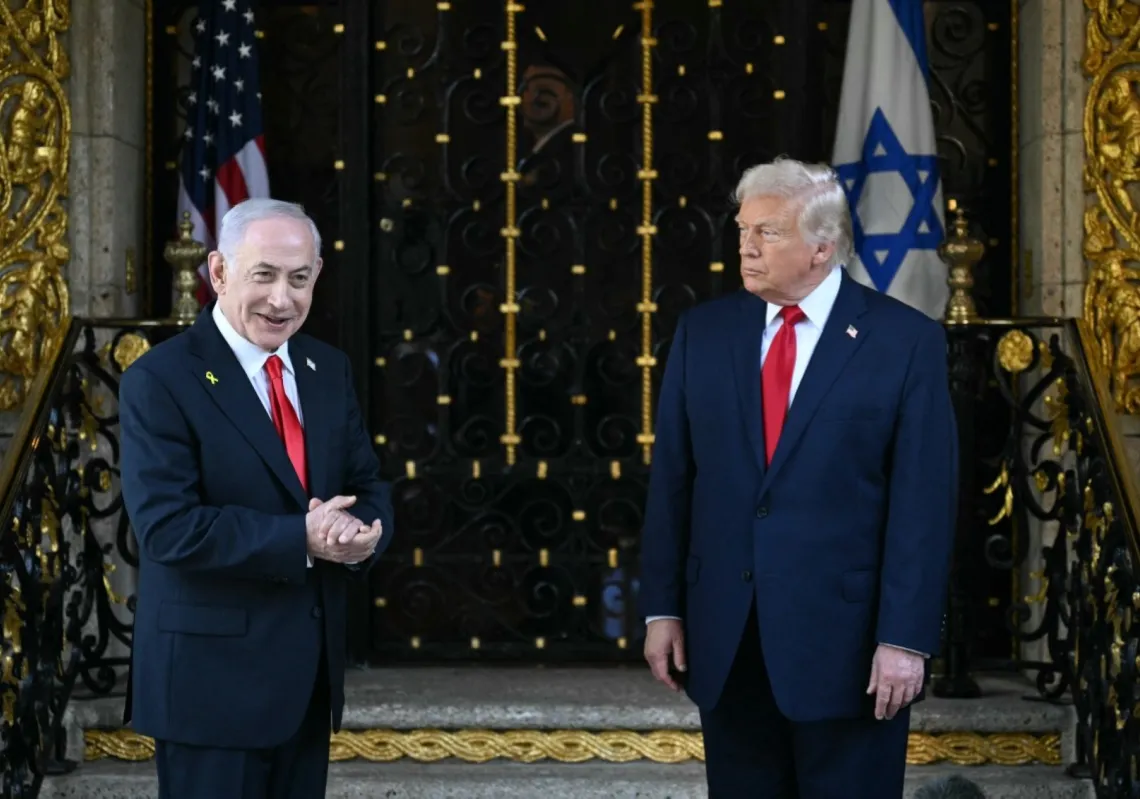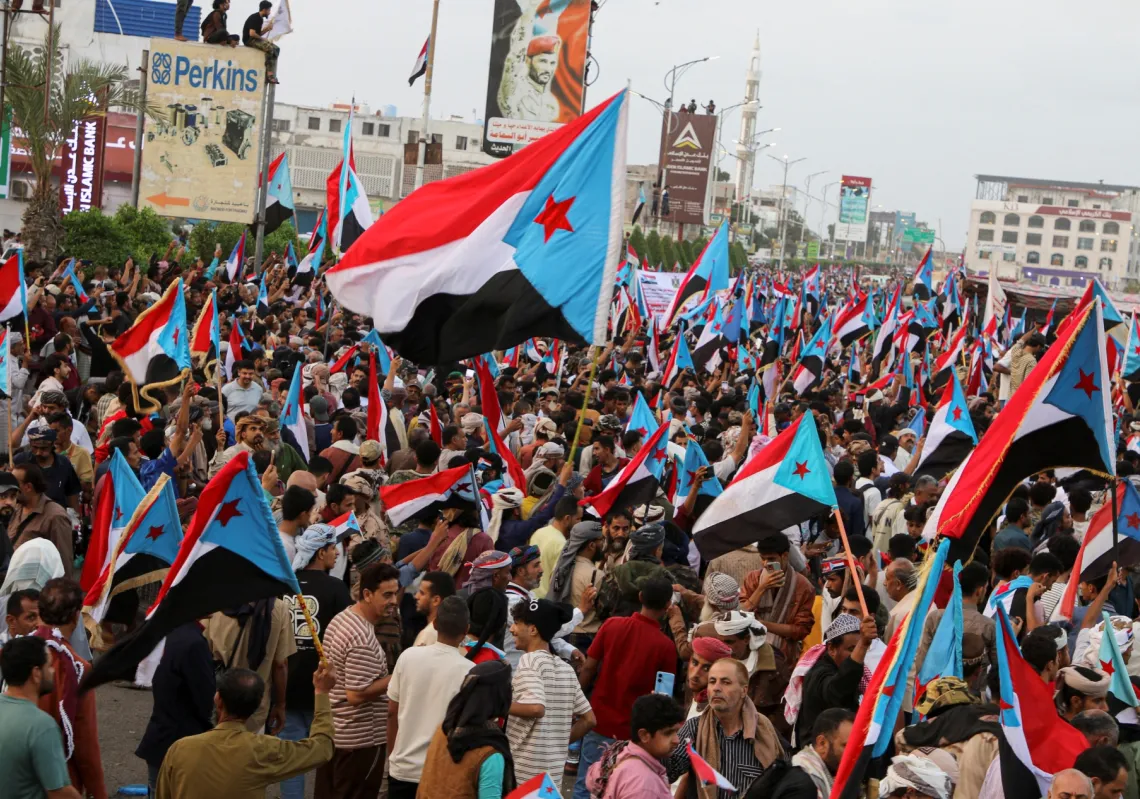From the early 1980s, the political role of newspapers in Syria began to diminish as the media became a heavily censored tool used by the former Assad regime. Many cartoonists, whose images once lampooned those in power, saw the writing on the wall and left, often for Europe. Some stayed.
A form of ‘soft’ repression allowed some illustrations to critique the government, but satire was mainly restricted to the relationship between citizens and officials or to international or ideological issues. Interpretation and innuendo were dictated by the authorities. It turned caricature into a means of serving the official political agenda. Even highly symbolic illustrations were substitutes for direct criticism, intricate metaphor replacing outright dissent for fear of retribution.
The pen as a sword
With the 2011 uprising, Syrian cartoon art flourished once again, driven by a growing sense that traditional mechanisms of repression were being weakened. The country’s artistic landscape felt hopeful again. After years of severe restrictions on free expression, Syrian artists felt they needed to reclaim their voice, fuelled by a strong desire for liberation.
In this way, cartoonists were part of the Syrian uprising, targeting the systematic regime efforts to silence dissent and stifle creativity. The state fought back, though. In early 2011, renowned Syrian cartoonist Ali Ferzat was attacked in a public street, and his fingers were deliberately broken as a warning to others after his depictions of Bashar al-Assad and his regime.
Yet the uprising continued, grievances were aired, and politically charged art resurfaced, with emboldened artists challenging the regime. Caricature entered the public sphere much like the protesters themselves, offering an alternative language of expression. No longer just a form of artistic commentary, it was now an urgent necessity. Syrians embraced the images, making them a threat to the regime.
The resurgence of this powerful tool for satirising authority led the government to punish cartoonists and those who 'liked' or shared their drawings on social media. Yet it struggled to stem the tide. No longer confined to closed or intellectual circles, the art had moved into the public domain. It was now both a witness to history and a battleground between authority and creativity.
Increasing importance
Post-2011, Syria saw the rise of caricature artists, many of whom were graduates of fine arts schools and had worked in Arabic journalism and online publications. This pool of talent included Ali Ferzat, Mouaffaq Katt, Fares Garabet, Akram Raslan, Hani Abbas, Amer Zohbi, Firas Bachi, Saad Hajo, and Hussam Sarah, to name but a few.
Political caricature sometimes came at a heavy cost. Akram Raslan, for instance, was arrested and later killed after producing hundreds of illustrations critical of the Syrian regime. With artists' personal freedoms severely restricted, some chose to avoid direct criticism of the regime.

Yet the revolution ushered in a new form of Syrian caricature. Experienced artists began to visually confront the regime, elevating caricature to a higher status. It was no longer just about direct criticism. Using repetition, variation, abstraction, and complex symbolism to circumvent censorship, they pushed the limits of visual expression.
These artists were reshaping the art form, accelerating the pace of critical discourse in parallel with unfolding events. They dug up the regime's past, dismantled its narratives, reframed them, and paid homage to the victims of massacres, ensuring they were not forgotten.
With a subversive relish, they targeted everything from the regime's slogans to its sham elections and hollow claims. While not all Syrian caricatures were published in Arabic or international print and online media, many found their way onto social media, disseminating beyond the confines of traditional journalism to become a lasting part of Syria's collective visual memory.
Caricature soon became one of the most influential visual mediums in Syrian society. Its fusion of imagery, subject matter, and artistic individuality, combined with its sharp, comedic critique of the regime's narrative, allowed it to mirror Syria's reality.
The artists blended expressionism, symbolism, and fine art techniques in diverse artistic styles that collectively documented and critiqued both Syrian and Arab political life. In so doing, they reconstructed collective memory and challenged the dominant discourse. Their work made caricature a complex tool of cultural and political analysis.
Its enduring influence was evident even after the fall of the regime. Despite the proliferation of photographs and the retrieval of documents, caricature retained its significance. Having helped bring down the regime, caricature continued to frame political and social events. The artists, therefore, played a vital role in shaping the identity of the Syrian people during one of their most challenging periods.
Here, Al Majalla details some of the cartoonists, artists, caricaturists, and satirists who played their part in the uprising that, in December 2024, finally succeeded in overthrowing the Assad regime.

Mouaffaq Katt
After 2011, Syrian caricature transitioned from print to digital as newspapers and magazines declined. This shift allowed for a broader exposure of artistic works, granting caricatures a wider and more immediate audience.
Among those to take advantage were Mouaffaq Katt, who elevated symbolism in caricature, using watercolours and artistic composition to create visual depth. Rich in colour and with varied character designs, his caricatures resemble paintings, with concept and colour composition merged seamlessly. Despite their apparent simplicity, his illustrations were meticulously detailed, with layers of meaning.
Akram Raslan
Akram Raslan combined classical artistic techniques with sharp political critique. His style is fluid, using refined lines reminiscent of traditional caricature. He published hundreds of cartoons that embarrassed the regime until he was arrested, tortured, and killed.
Raslan's satirical approach was classical. Direct and sharp, he explicitly mocked al-Assad and minimised symbolic abstraction. This clarity made his illustrations impactful and resonant. He deliberately distorted al-Assad's facial features, exaggerating them to make him appear more ruthless and grotesque.
One of his most infamous works—Assad or We Burn the Country—exposed the regime's mentality, which ultimately led to his arrest. His work often incorporated text or captions to reinforce the message.
Saad Hajo
Saad Hajo's artistic approach during the Syrian revolution stood out for its distinctive stylistic elements. He relied on open spaces and structured his compositions with clear, direct lines, letting his work convey precise and unambiguous messages.
Hajo adhered to a minimalist approach in both linework and composition. Rather than letting details dominate the art, he left spaces and voids—an essential part of the visual structure, typically positioning the central idea at the edge of the composition, using a few bold, well-defined lines.
Leaving large portions of the artwork blank served to guide the viewer's eyes, heightening the impact of the idea, which is often simple yet deeply meaningful, proving that elaborate details are not always needed to convey powerful messages. Instead, composition and visual balance play a crucial role.
Hajo depicted Bashar al-Assad in hundreds of caricatures, dedicating much of his work to analysing and deconstructing the various representations of the dictator. Through this, al-Assad became a visual instrument to show the nature of his oppression, deception, tyranny, and political buffoonery.

Fares Garabet
Since the 1980s, Fares Garabet's work has been defined by a commitment to visual renewal. His approach transcended traditional satire, exaggeration, and distortion, as he put greater emphasis on colour composition and structural design.
His works are reminiscent of fine art in their colour distribution, balanced tonal values, spatial composition, and the central positioning of illustrated figures. The relationship between space and colour plays a pivotal role, reshaping the composition and enhancing its visual stability.
This delicate balance amplifies the expressive depth of his art while reinforcing its political message. Additionally, he uses abstraction and symbolism to distil complex political events and themes into visual compositions that encourage interpretation, rather than relying solely on direct satire.
Hussam Sarah
Hussam Sarah developed his distinctive caricature style during the Syrian uprising, and his illustrations became a vital part of the revolution's visual expression. His work stood out for its bold colours, which he used strategically. Symbolism was a primary expressive tool.
Rather than limiting his caricature to direct political commentary, he transformed it into a symbolic language rich with layered meaning, capable of leaving a lasting impression.

Amani Al-Ali
Amani Al-Ali's experience in Idlib is particularly noteworthy because she overcame significant social and political obstacles to establish herself in the field of satirical illustration.
In some of her works, her style evolved into caricature, preserving a strong cartoon element that employed symbolism and satire, cementing her place in the Syrian revolution. Her work was later exhibited in European galleries and featured in Arab newspapers.
Juan Zero
Juan Zero's work retained many traditional elements of caricature but employed simple structures that emphasised drawings positioned near empty spaces. This created a visual focus, allowing his works to resonate with a broad audience.
The style was defined by clean, simple lines. Rather than relying on visual exaggeration or intricate detail, his satire emerged through dramatic imagery, where the striking contrasts between the scene and the event sharpened the critique. This approach helped elevate caricature into a powerful medium for conveying tragedy and political absurdity.
Yasser Ahmed
Yasser Ahmed's works were dramatic. His illustrations had a dialogic dimension, using imagery to build layers. Meaning unfolds from within the scene itself. His visual storytelling and illustrated events were a unique expressive system.
Amer Zohbi
Amer Zohbi offered characters with distinct identities—often drawn from broader Arab political issues—into the Syrian context. It was a novel approach. His caricatures became a direct reflection of Syrian discourse, a critique that mirrored everyday language and widely circulated political ideas.












